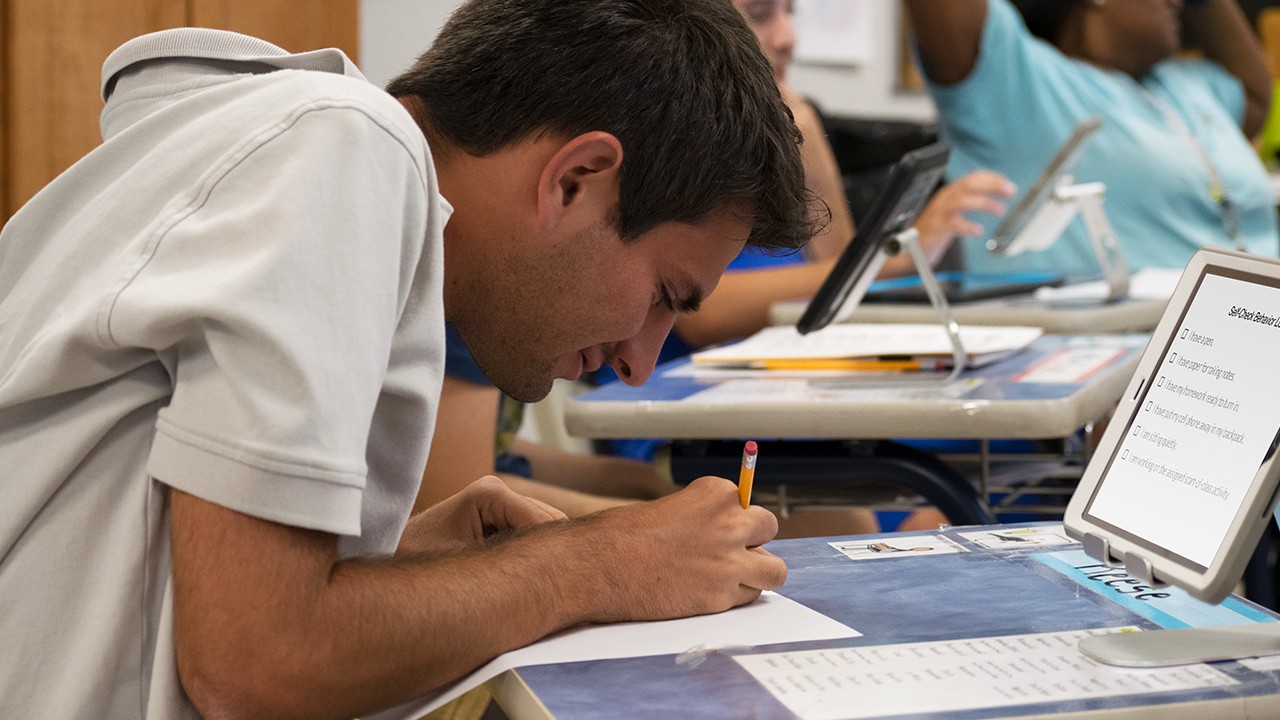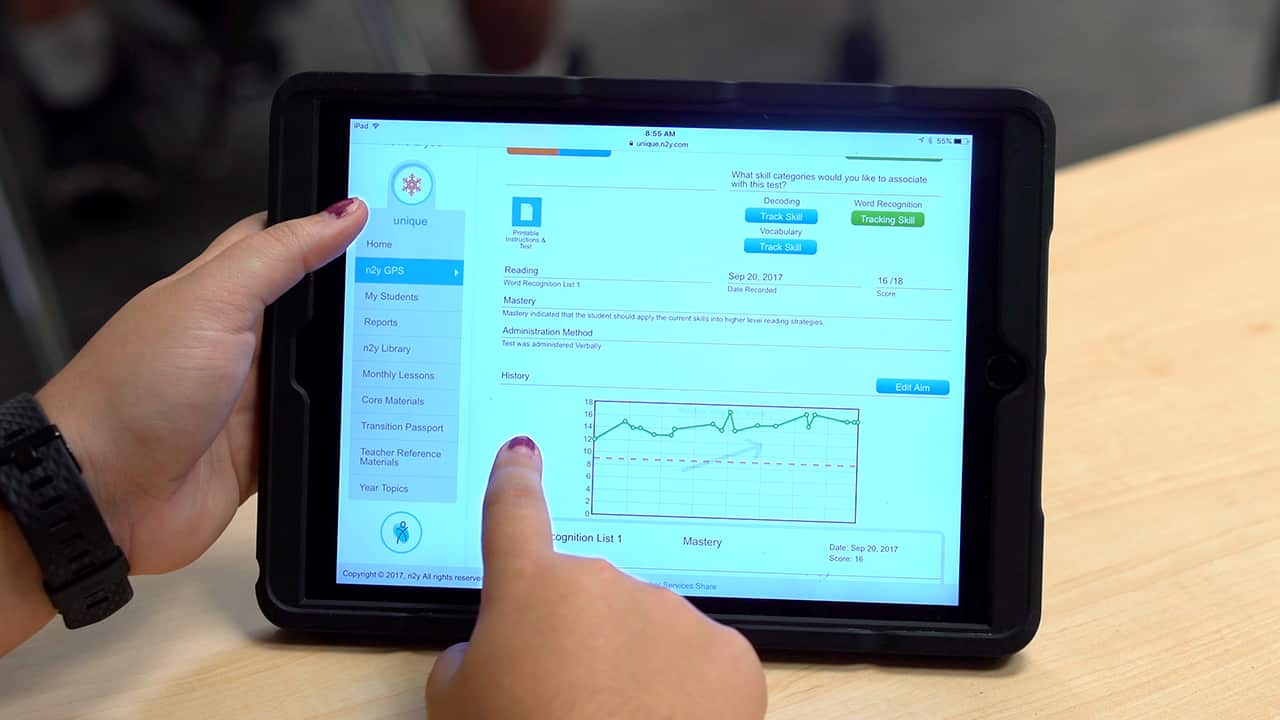Provide Structure and Collaboration
A structured learning environment helps students know what to expect day in and day out. When students learn structured routines they develop the independent skills necessary to succeed in the classroom. With the correct structure, all students can be given opportunities for collaboration with their peers. Providing each student a role during their collaboration shows them how each member of the team brings different perspectives and skills to the project. A teacher can capitalize on these opportunities to teach students about critical SEL skills such as respecting others’ differences, responsible decision making and how their actions can affect the group. A fun opportunity for role-playing is to have one team member “sabotage” the group’s effort and then discuss how their actions affected the group and what the team member could have done to help instead.
Set Clear Rules and Consistent Consequences
Students love consistency and are quick to point out when there is no consistency. Good classroom management starts with making sure everyone knows the rules and expectations in the classroom. The best classroom management follows that up with consistent consequences for following or not following those rules. Delivering consistent consequences and clearly explaining the reason for the consequences helps foster self-awareness. When a student is aware of their actions and emotions, they are more likely to think about the consequences of their actions and make better decisions in the future. A great way to integrate this throughout the school day is to use a point system for all the positive decisions students are making in the classroom. Make sure to discuss with the class why the exact behavior earns them points. Far too often, consequences are seen as punishments for not following the rules. By focusing on the positive consequences of following the rules, students can learn all the benefits of staying in the classroom as an engaged learner.
Establish a Growth Mindset
Classrooms are places for students to make mistakes, ask questions and persevere through challenges. A key part of classroom management is to make it clear to students that everyone will make a mistake and everyone will struggle with some of the learning. Use this as a time to teach important SEL skills like persevering through challenges, asking for help and setting goals. Make it clear that teachers recognize that not all students are good at the same things. Have students evaluate their own skills and develop goals and make plans on how to improve their weaknesses. Show them how to track their progress toward the goal and make changes if they are not seeing the results they want. Unique Learning System’s Goals, Preferences and Skills (GPS) tracking creates great visual graphs that students can review monthly to check their progress. It is virtually impossible to address these skills without first establishing that it is okay to struggle, it is okay to fail and it is okay to not know something. Establishing a growth mindset in the classroom tells students that even though they will struggle, it is never okay to give up and that every failure is an opportunity for growth.
Many classroom management strategies have SEL skills built right into them. More often than not, teachers are teaching SEL skills and they do not even know it! Now that you understand how classroom management connects to SEL, try explicitly telling your students all the skills they are learning. Have meaningful discussions about why these skills are important. Recognize students for their social and emotional success and praise them for making good decisions, persevering through challenges and demonstrating self-awareness. In addition to rewarding your students, these actions will reward you with continued positive behaviors!



